- Home
- smallbusiness
- Tech
- 25 Google Chrome tips and tricks that'll help you get the most out of your web browser
25 Google Chrome tips and tricks that'll help you get the most out of your web browser
Search sites that aren’t Google right from the omnibar.

You can use this to search your personal Gmail account, too.
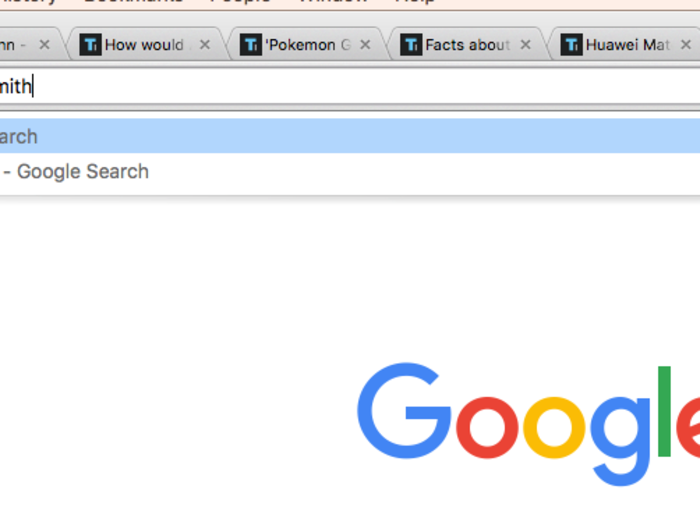
Head back into that “Manage search engines…” window, scroll to the bottom to add a new search engine, and enter the following URL: “https://mail.google.com/mail/ca/u/0/#apps/%s”. (Gmail’s search function, in other words.) Then make the keyword “gmail.com,” or “mail.google.com”. Now, you can search your email as you would Wikipedia above.
You can do a similar trick with Google Drive through the URL “https://drive.google.com/#search/%s”. Again, it’s not a massive time saver, but efficiency is efficiency.
You can also do math equations up there.
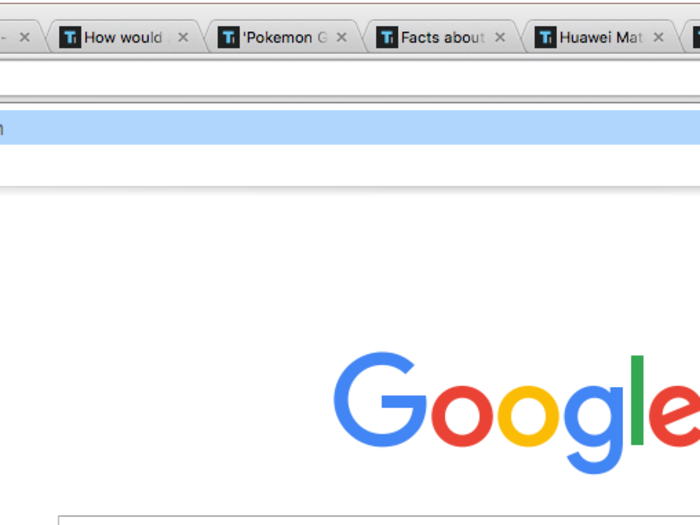
Drag multiple tabs into a new window simultaneously by holding the Ctrl/Command key as you click on them.

Quickly view photos or videos by dragging them into the browser, instead of opening or installing a separate app.

Pin sites you visit frequently so they’re always open when you need them (and so they take up less space). Just right click on its tab and select the corresponding option.
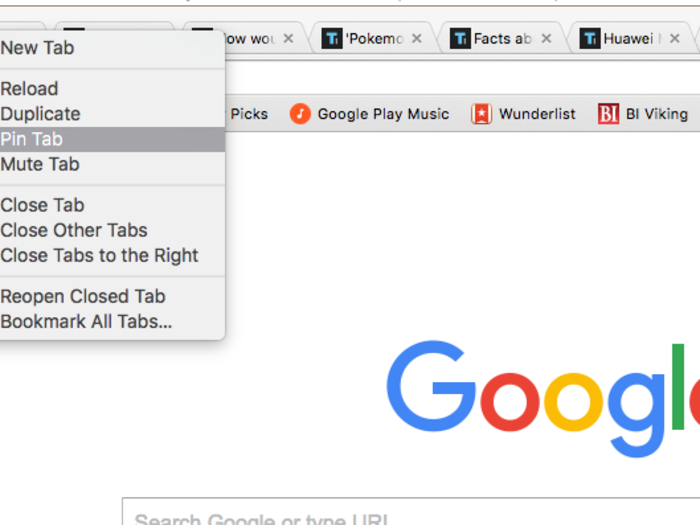
Hold down the back button to see and revisit pages beyond the one you last used.

Google search a phrase directly from your current page by highlighting it, then right clicking or dragging it to the omnibar.

See what you’re allowing certain webpages to do by clicking on the page icon to the left of the URL.
There you can see how many cookies it's deploying, and what permissions you’ve given it. It’s a handy way to allow the page to show popups or notifications, for instance.
Use the “Bookmark Open Pages…” option to save your current browsing session for future reference.
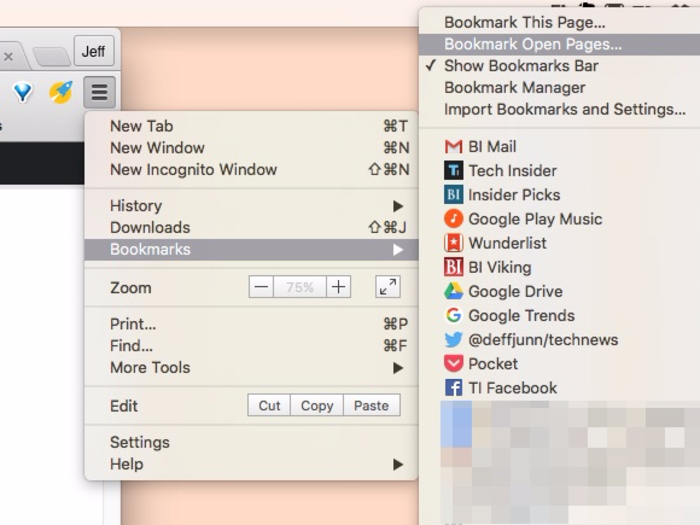
Just click the hamburger icon (the one with the three lines) and highlight “Bookmarks” to find it. You can then save all your, uh, open pages in a new folder. This is handy if you’re researching a particular topic — an apartment search, perhaps — and don’t want to be forced to remember exactly what helpful info you’ve already found.
Alternatively, you can download an extension like OneTab, which works in much the same way.
If you exed out of your window by accident, pick up where you left off by clicking on the hamburger menu, highlighting your history, and looking for a group of tabs under “Recently Closed.”
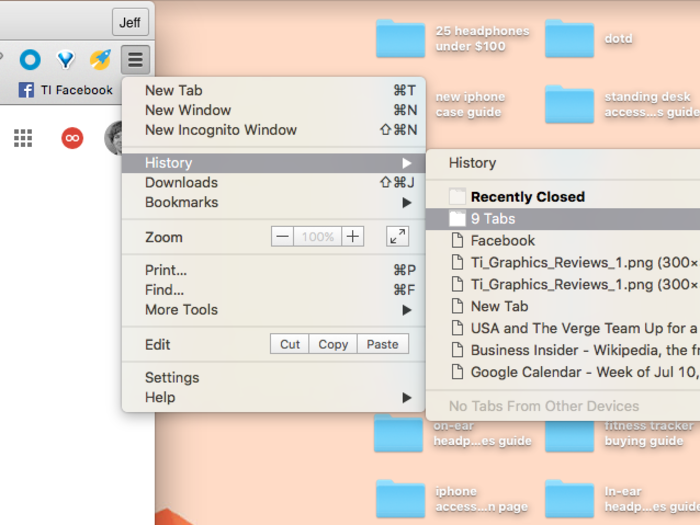
You can also go into Chrome’s settings and select “Continue where you left off” under the “On startup” section. That’ll do exactly as its name suggests whenever you relaunch the browser.
Make your bookmarks a little cleaner by right clicking and editing their titles. You can also delete their names completely and have a bookmark bar of just shortcut icons.
Chances are you already know what site you’re about to visit when you see a little blue bird.
Add a “guest browser” account so a friend can use your laptop without seeing all your browsing info.
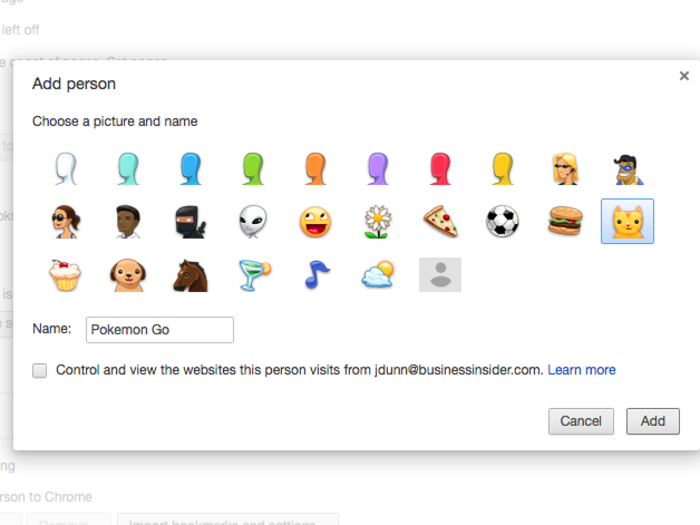
Because sometimes your YouTube and Wikipedia binges can take you into strange territory.
Related to this, you can also keep your browsing history private with Incognito windows. Just right click on the Chrome icon on your desktop, or a link on a given webpage, to open it in one of those.
Use Chrome’s Task Manager to kill particularly memory-hungry pages, or see what’s slowing you up in general.
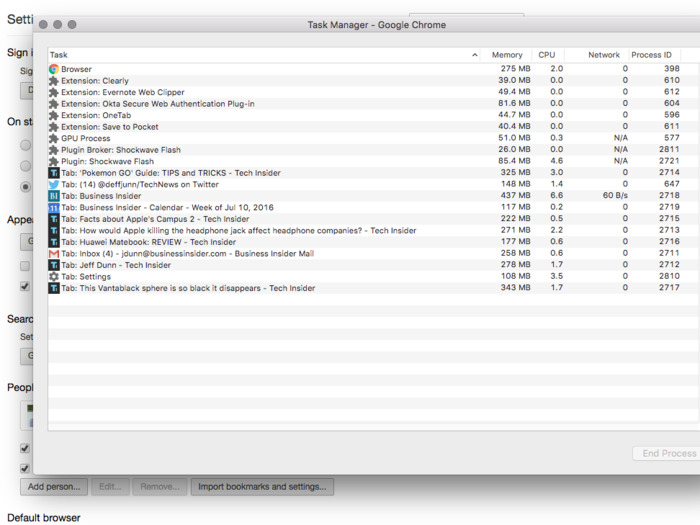
Hit the hamburger icon, and hover over “More tools” to find it.
Hit Ctrl/Command + 1-9 to quickly switch between tabs, and learn Chrome’s many keyboard shortcuts while you’re at it.

In this case, each number corresponds to its place in the tab bar above. So on a Windows machine, Ctrl + 3 will open your third tab.
As far as those other shortcuts go, there are lots, but here are some worth noting:
- Ctrl/Command + T opens a new tab
- Ctrl/Command + W closes your current tab
- Ctrl/Command + Shift + T opens your last tab
- Ctrl/Command + L highlights whatever’s in the omnibar
- Ctrl/Command + Tab moves you a tab to the right
- Ctrl/Command + Shift + Tab moves you a tab to the left
Enter “chrome://flags” in the omnibar to enable cool hidden hacks — at your own risk.

We’ve told you about it before, but here you can play with a variety of still-in-testing features that may never make it to a full Chrome release. Stuff like an automatic password generator is neat, but these things are very much made for developers, so don’t go too crazy.
Edit any webpage by right clicking and hitting “Inspect.”
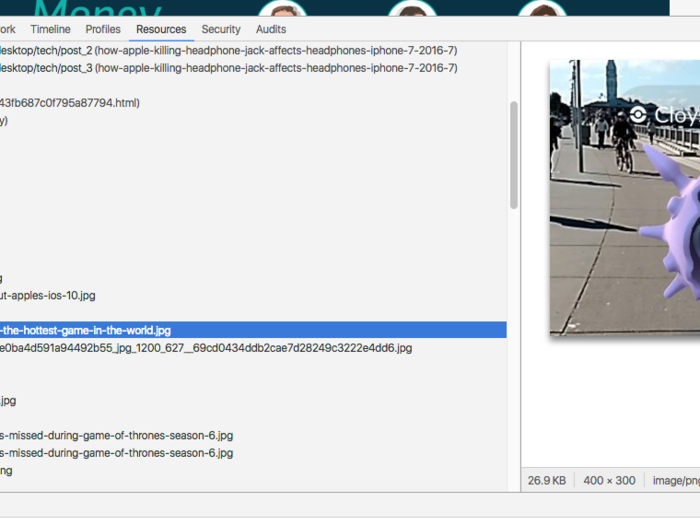
This is much more useful if you’re a developer or some other type of professional — personally, I often use it to grab high-res photos for articles — but being able to, say, see what a webpage’s mobile version looks like (by clicking the phone icon in the top left corner) can be fun.
Close tabs faster by right clicking one and selecting “Close Other Tabs” or “Close Tabs to the Right.”
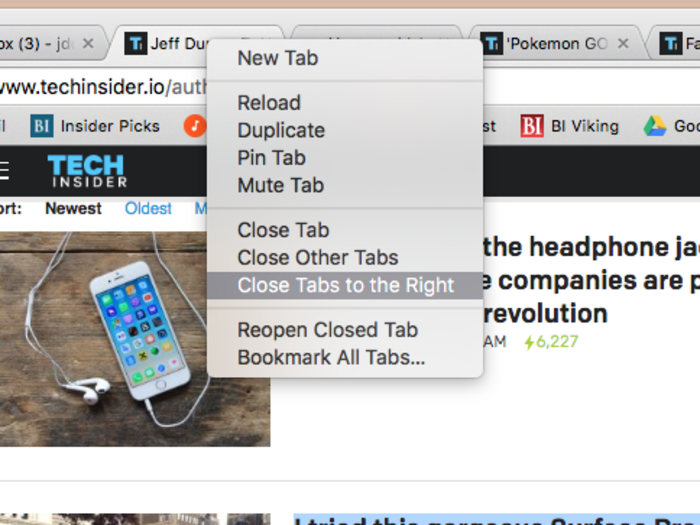
Have Chrome automatically launch pages you’re going to open anyway upon launch. Just go to settings, click the “Set pages” option next to “Open a specific page or set of pages,” then enter the sites you always visit right away.
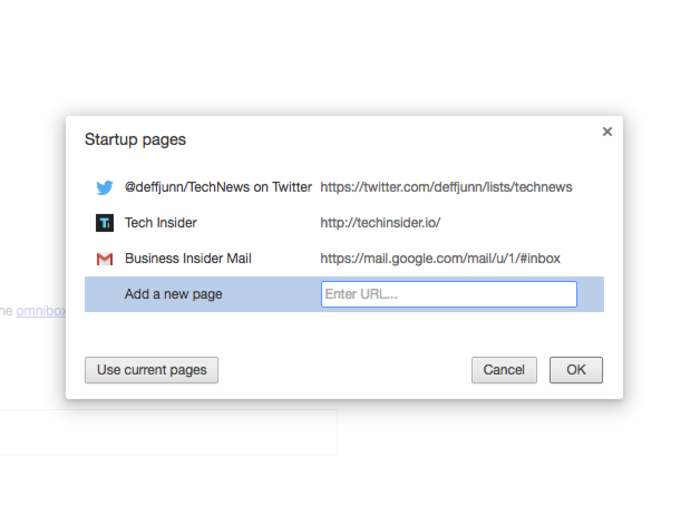
Sign into your Google account on a new computer to quickly import all your bookmarks, browsing settings, extensions, and so on. You can selectively choose what to sync, too, by checking the “Advanced sync settings…” option in the settings menu — just in case you don’t want that credit card info making the jump.
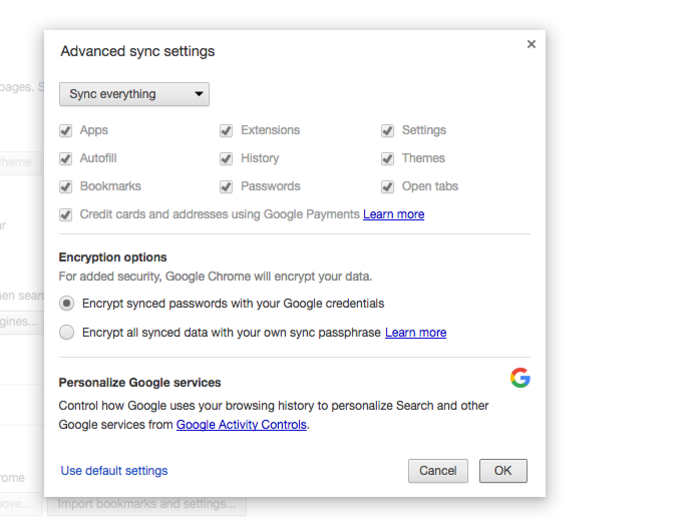
As someone who tests laptops for a living, this is immensely useful.
Update your autofill settings to avoid manually entering your address or credit card info whenever you go to buy something.
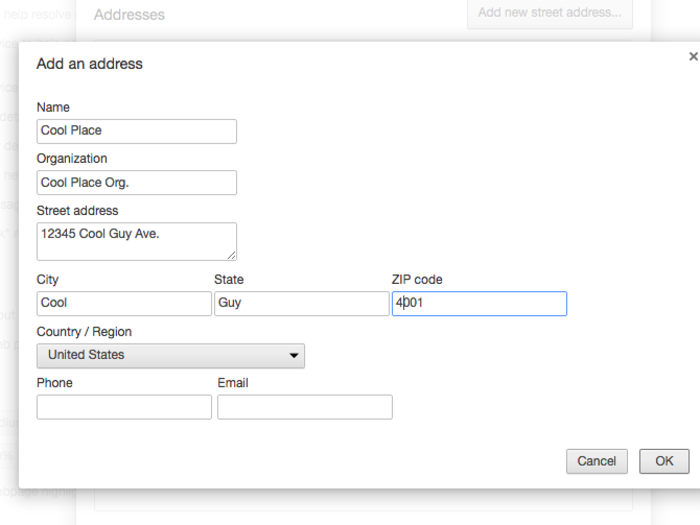
To do this, go to settings > “Show advanced settings…” > “Manage Autofill settings” under “Passwords and forms.”
Right next to that, you can do the same with your passwords, just in case your autofill enters an older one.
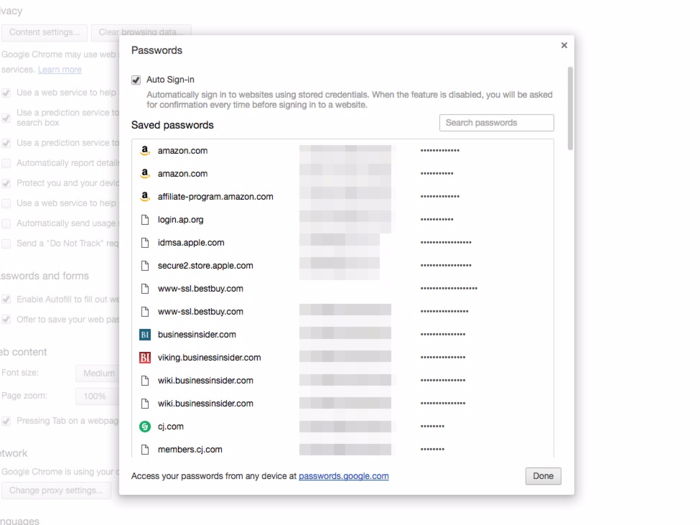
Turn Chrome into a simple note taker.
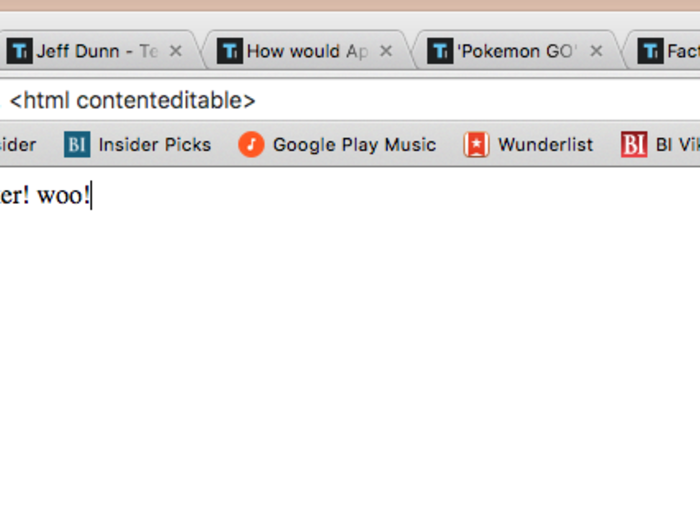
Just enter "data:text/html, " into the omnibar.
This won’t replace Evernote anytime soon, but if you just want to jot something down real quick, it could be useful. HTML is your friend.
On Windows 10, go to the volume mixer while Chrome has audio playing. You can then lower Chrome’s volume without turning down the volume of the PC as a whole.
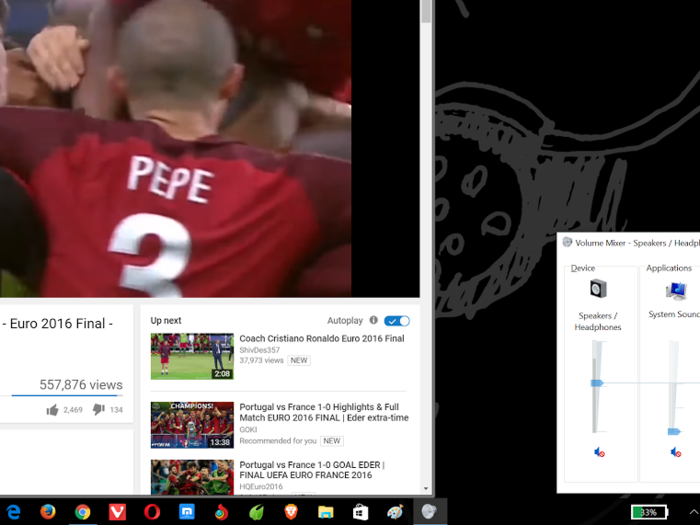
Why would you do this? I’ll leave that up to you, but it sure is a thing you can do.
Finally, there’s the dino game. Try loading a page when you’re offline, and you’ll see a static little T-rex. Hit the spacebar, and the whole thing will turn into an endless runner game, a la Jetpack Joyride.

I’m very bad at it, for the record.
Popular Right Now
Popular Keywords
Advertisement